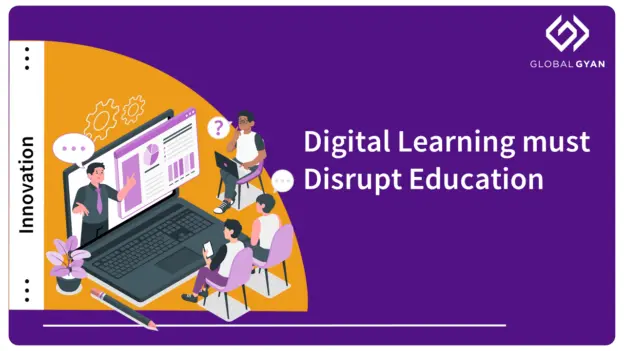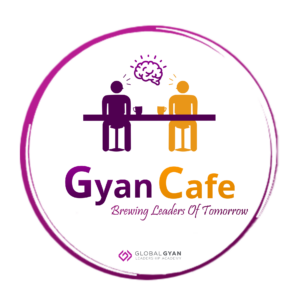Digital Learning must Disrupt Education

Digital learning provides many advantages, with convenience and reach being the primary ones. Digital helps learners transcend the barriers of time and distance/location; it also expands the size of the classroom infinitely. Just these two create significant economic advantages to adopting digital learning. But the benefits of digital learning in the classroom don’t stop here.
Obviously, digital learning is all the rage nowadays. Whether it is kids explaining Pythagoras’ theorem with over-the-top visuals or seasoned executives getting a refresher in strategy or enthusiasts learning about the latest in data analytics, digital learning has emerged as a supplement to traditional learning.
In my experience as a learning facilitator, the biggest challenge we face in a classroom of 30 to 60 unique individuals, is that we design our content to an assumed average. Learning styles vary, but teaching styles do not; we end up boring some students whereas others feel lost. In a 75-minute session, we can have good interactions with a dozen students, at most. At the end of a course, we have a vague sense of who has actually learned or not. Quizzes, assignments, and exams are designed to grade and distribute students, not to help enhance retrieval and retention of content.
Digital learning can overcome all these issues. But most often it does not. What mostly passes off as e-learning is videos of classroom sessions, uploaded to a portal, along with a few quizzes and assignments. Digital learning is positioned as the poor cousin of a classroom program, and therefore, priced very cheap or as is most likely, free. Completion rates, therefore, are in the low single digits.
However, I believe that digital learning is and can be made superior to classroom programs. Digital should aim to substitute and replace a live class. Except for a few specific instances, digital learning programs can be designed to disrupt the education market in future.
What would such a design look like?
First, content should adapt to context. Linear videos are passé. Imagine a lesson that felt like a conversation between the facilitator and the learner. We open with a situation and ask the participant for her opinion on a certain issue, or check the current state of her knowledge. Depending on the response, the content that is served next varies. We explore an idea or a case study together, and then go back to the primary content path. It is possible and it has been done. But, it requires much more effort and planning, than sitting in front of a camera and recording a 30-minute monologue on a topic. We need to become learning facilitators, not ‘teachers’.
Second, we can build content in various forms, to cater to multiple learning styles. Interactive videos, written notes, simulations, discussion boards, and contests / challenges are some of the methods. While these are also possible in the classroom, the limitations of time and often, logistics challenges, prevent these methods being used effectively. Further, not all instructors are familiar with the design and delivery of such methods. On the other hand, in digital, different faculty members (or professional partners) could collaborate to create the required variety of content.
Third, individual tracking and reporting can be used to ensure that each individual participant completes the learning journey. Through appropriate nudges and personalized notifications, we convert the class into a personal tutoring environment. Our goal is not to pass some and fail others, it is to ensure that everyone learns and passes. Therefore, periodic and repeated assessments of various forms (recall and application) should be offered through the program.
Finally, the learning providers need to learn from previous experiences. We have to regularly monitor the progress of participants in their digital journeys, identifying enablers and de-railers. For instance, which concept or topic seems to have the highest ‘failure’ or drop-out rate; what can we do to improve the content ? And instead of using assessments to classify students as A, B or C, should we not classify the content into various degrees of complexity?
For many teachers, all this may sound like a burden to what they consider their core job: just teach their content. That’s a product-centric view, treating teaching like a scripted stage act that is performed repeatedly, irrespective of the audience. On the other hand, we can take a customer-centric view and put each learner at the heart of our offering, to deliver the desired value of learning.
I must also point out that I do not see digital as a perfect replacement for a classroom yet. There are some occasions where learning needs face to face interactions, particularly in the areas of innovation, collaboration and team management. Maybe, in future, advances in virtual reality and video presence will recreate that engagement, but till then, digital learning will need the support of classroom interactions.
In conclusion, I firmly believe that digital (enabled) learning has the potential to disrupt the education space. Digital brings convenience, scale, personalization and measurability, without adding any significant costs. Let us stop treating digital learning as an inferior extension of the classroom. Let us invert education from instructor-led to participant-led.
(This article was first published in the September 2018 issue of the Higher Education Review.)


